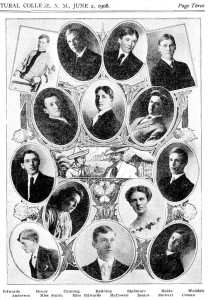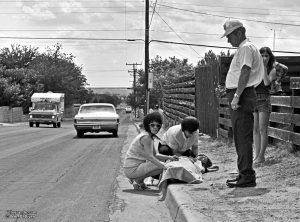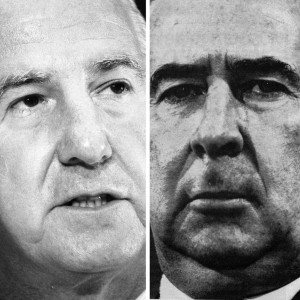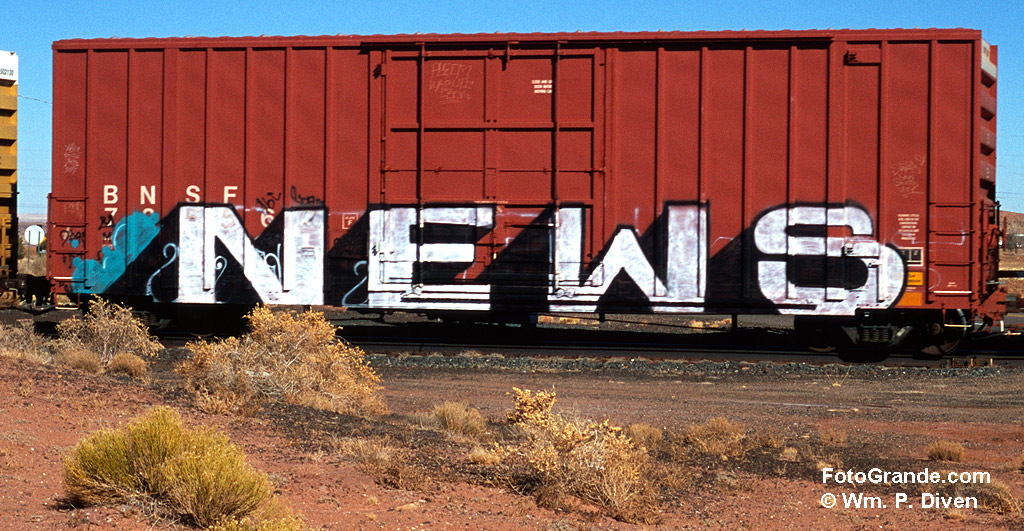Justin Weddell arrived in New York City as a newly minted graduate of the New Mexico College of Agriculture and Mechanic Arts Class of 1908. No Aggie hayseed, Weddell sprang from Chicago and came of age in the rowdy Progressive Era replete with yellow journalism and muckrakers stirring up scandal and busting monopolistic and rapacious corporations.

NMCA&MA Class of 1908. Justin Weddell far right second from top. (The Round Up, June 2, 1908, New Mexico State University Library, Archives and Special Collections.)
At the time New Yorkers read about 20 daily newspapers, not all in English. Feuding news barons like Joseph Pulitzer and William Randolph Hearst battled for readership creating their own headlines and perhaps their own wars, if you credit Hearst’s Morning Journal and its million-a-day circulation with pushing the McKinley administration into the Spanish-American War.
Weddell took all that in as he wrote back to A&M Professor Elmer Ottis Wooton in June 1908 describing his new surroundings:
I find everything and everyone in the East concerned in some form of reform. I’ve read so much of it, and heard so much of it that almost am I persuaded to be an ardent foe of any reform movement. One can’t turn around without encountering a new graft and its attendant muckrake. I prefer the spotless Southwest–where reform is almost impossible. — Justin R. Weddell, Ballston Spa, N.Y., June 15, 1908. Courtesy Hobson-Huntington University Archives, New Mexico State University.
A lot has changed in New York City since then. Too bad the same can’t be said for New Mexico.
Continue reading →






